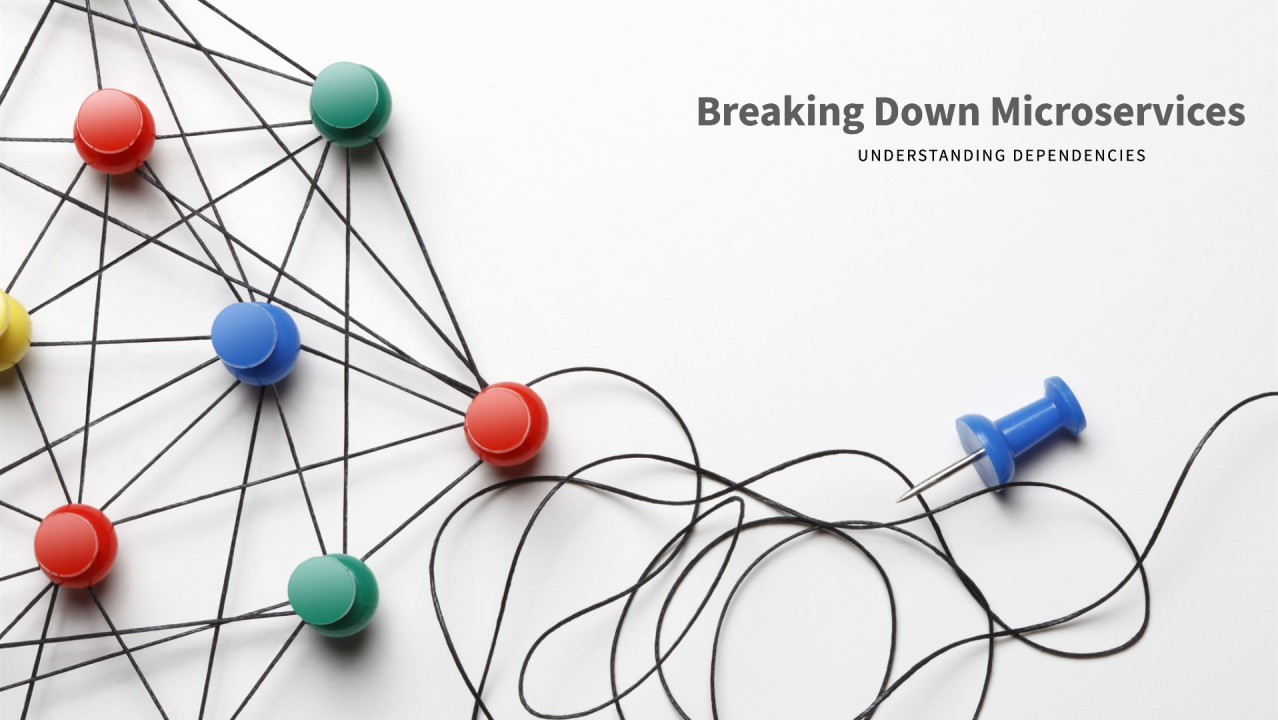Microservices: The Dependency Nightmare
 Santosh Sadasivuni
Santosh Sadasivuni
Microservices, often touted as the silver bullet for scalability and agility, can quickly turn into a dependency nightmare if not carefully managed. The allure of independently deployable, scalable services can obscure the underlying complexities.
While the ideal is for each microservice to operate in isolation, reality dictates heavy interconnections. Upstream services, like authentication or user management, become bottlenecks as downstream services rely on their data and functionality. Downstream services, in turn, face challenges in evolving their APIs without breaking their clients.
Ignoring these dependencies can lead to a cascade of problems like
Compatibility issues and workarounds.
Accumulating tech debt.
Difficulty in implementing changes due to interdependencies.
Degraded system performance due to Inefficient communication and data duplication can impact.
Increased operational costs.
How do you address dependency hell?
Organizations can harness the benefits of microservices while avoiding the pitfalls by proactively addressing dependencies.
To effectively manage microservice dependencies, teams must consider careful planning and ongoing management such as establishing clear service boundaries, promoting loose coupling through asynchronous communication, and implementing robust API versioning.
Further by visualizing dependencies and continuously monitoring system health, teams can enhance cross-functional collaboration and improve system resilience, thereby accelerating development cycles.
Below are a few tools worth looking at (not an exhaustive list though)
Service mesh tools such as Istio, Linkerd, Consul
APM tools such as NewRelic, Datadog
Graph databases such as Neo4j
Container orchestration platform such as Docker swarm, Kubernetes
Configuration management tools such as Ansible, Chef
Integration testing frameworks such as JUnit, TestNG
Chaos engineering tools such as Chaos Monkey
Log aggregation tools such as ELK/EFK stack
Distributed tracing tools such as Jaeger, OpenTelemetry
Metics collection tools such as Prometheus, Grafana
API Gateways such as Kong, Apigee
API Documentation tools such as Swagger, Postman
Asynchronous workflow management tools such as Kafka, RabbitMQ
The choice of tools depends on the team’s specific needs, team expertise, and organizational constraints. A combination of tools is often required for effective dependency management.
Would you like to focus on a specific type of dependency issue? What tools do you use today? Leave your answers in the comments below.
Subscribe to my newsletter
Read articles from Santosh Sadasivuni directly inside your inbox. Subscribe to the newsletter, and don't miss out.
Written by

Santosh Sadasivuni
Santosh Sadasivuni
A cloud expert and true believer in automation! Love to solve hard problems and reduce developer toil by creating innovative solutions